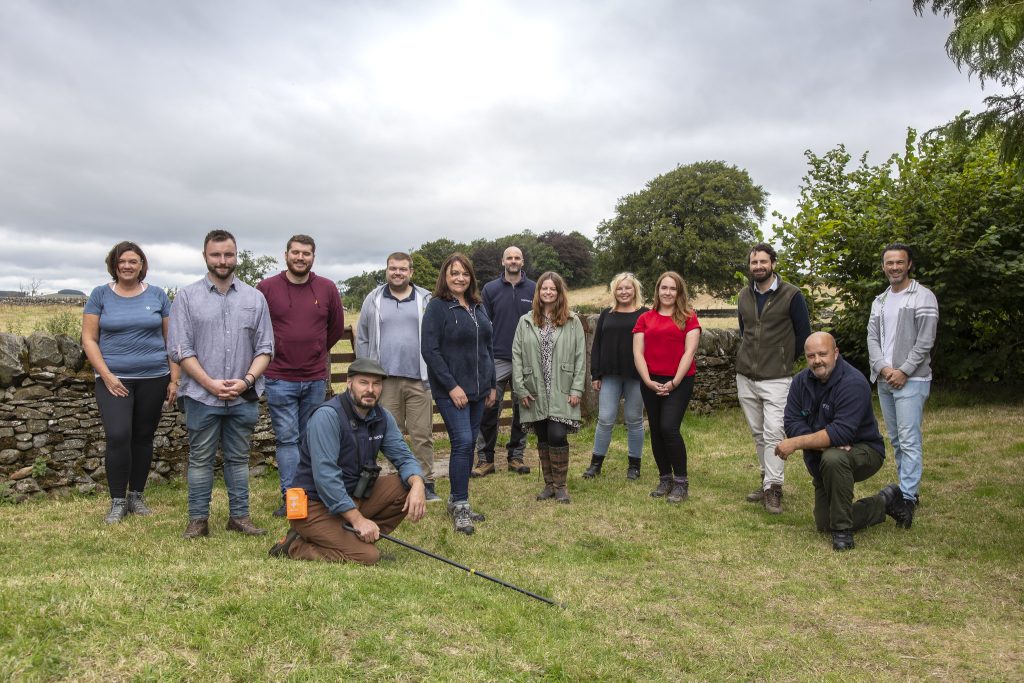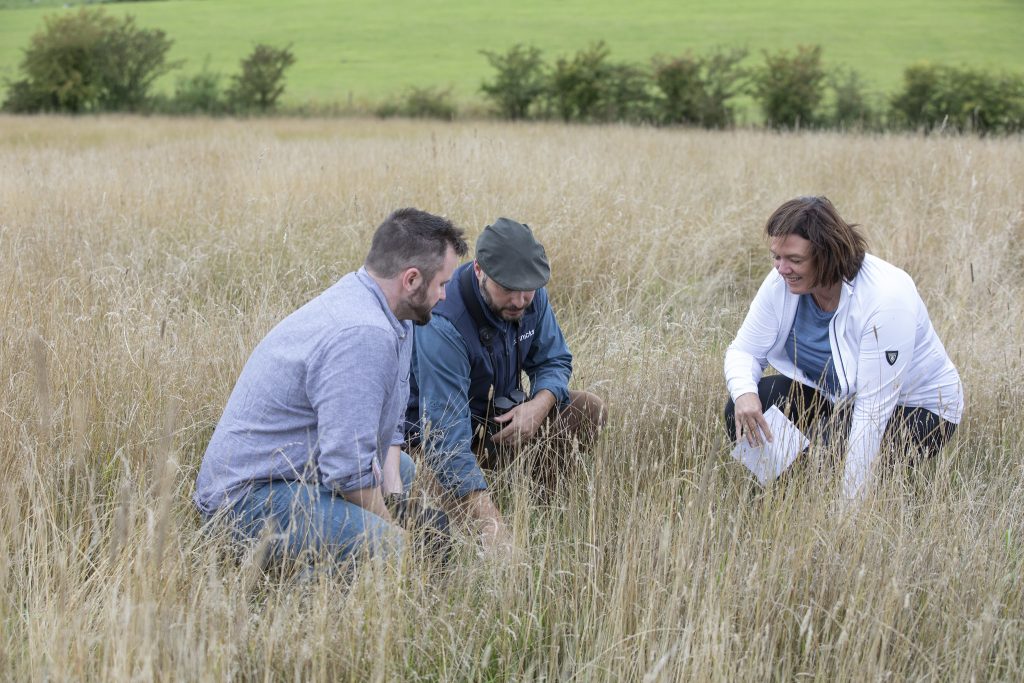
An ambitious, century-spanning conservation project to restore habitats in Dumfries and Galloway has received a major boost today, as HSBC UK has come on board to support The National Trust for Scotland ’s pioneering work.
The banking and financial services organisation has pledged a significant donation to the Threave Landscape Restoration Project which will transform 81 hectares of land at Kelton Mains, part of the charity’s Threave Garden and Estate in Dumfries and Galloway, into rich habitats for flora and fauna.
Over the coming months, more than 4000 redundant fenceposts will be removed opening up the site visually, 125 metres of boardwalk will be laid enabling people to explore the area’s wetlands in a whole new way, and a herd of Belted Galloway shepherded by GPS will graze the site in a trial to explore how sustainable livestock management can be balanced with nature recovery.
Philip Long OBE, Chief Executive of the National Trust for Scotland said: “In our 90th year, our charity’s work to protect Scotland’s special places has never been more urgent. Throughout 2021, we’ve all seen the impact of the climate crisis whether that’s through record temperatures or rainfall.
“This puts into sharp relief the need for action. We all have a responsibility to work together to care for the places, the habitats and the habits that can help ensure our heritage survives for future generations. We’re grateful to HSBC UK for joining us in these efforts.”
The gift is part of HSBC’s new global Climate Solutions Partnership, which aims to unlock barriers to finance for companies and projects that tackle climate change.
Ian Stuart, Chief Executive of HSBC UK said: “A challenge as significant as climate change can only be tackled in collaboration, and we are very excited to welcome National Trust for Scotland to the global Climate Solutions Partnership.
“Nature-based solutions can provide a third of the global climate mitigation needed by 2030, protecting nature as well as meeting people’s needs. Our ambition is to help open the door for National Trust for Scotland to explore new areas of agroforestry management and how nature-based solutions are being scaled and delivered to tackle climate change internationally.”
Sam Gallacher, the Trust’s Operations Manager at Threave said: “Every action that we take as part of this project is an action that contributes to the fight against climate change. All these interventions, from restoring the wetlands, to planting trees and encouraging the return of native flora, encourages a natural process that captures carbon and that’s what the world needs right now.”
Data gathering and information sharing are also integral to the project, as the Trust aims to share its experience globally.

Support for this phase of the project also comes from the Galloway Glens Landscape Partnership Scheme, the National Lottery Heritage Fund and HSBC UK.
Ted Leeming, Chair of the Galloway Glens Landscape Partnership, said: “The Galloway Glens scheme is absolutely delighted that HSBC UK is joining the Threave Landscape Restoration Project. As our funding cycle ends, seeing this new investment and support from HSBC UK come to our region could not be a better testament to the value of this project and what we have achieved together with National Trust for Scotland.”
Regular updates on the progress of the project will be posted online at www.nts.org.uk.
Picture: Local HSBC UK staff recently visited Threave Estate to get an introduction to the area and the Trust’s ambitions for the project. They saw evidence of early progress and how allowing the grass to go to seed is already improving the biodiversity after just a few months.
